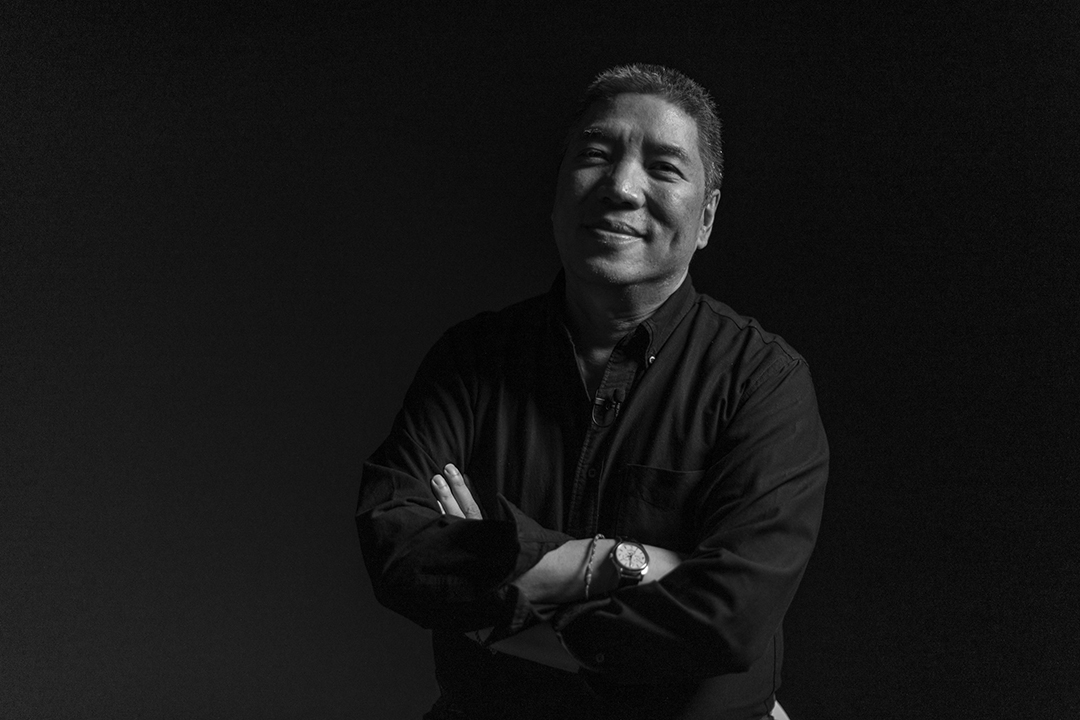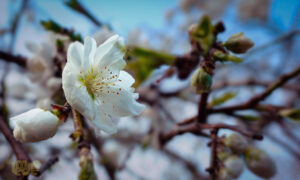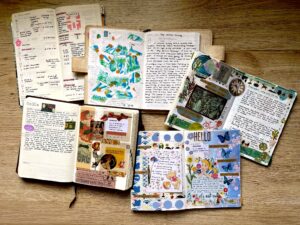A Conversation on Art, History, Food, and Connections
Words by Spike Acosta
Over the 25 years of Japan Foundation’s presence in the Philippines, Professor Ambeth Ocampo stands out as one of the most important figures bridging our two nations’ cultures. The renowned historian, educator, author, curator, and columnist has been a good friend to JFM throughout the years. In 2015 he was appointed to the Advisory Board of the Japan Foundation Asia Center representing the Philippines. Ambeth san, together with other important figures from Japan and SouthEast Asia, worked to develop closer ties within the region. He has diligently served as both an ambassador of Philippine culture in Japan through his many lectures and university tenures, and here in the Philippines his extensive knowledge and personal stories of Japan continue to spark curiosity and wanderlust among his countrymen.
We sat down with the good professor and talked about his earliest exposure to Japanese culture, his life as a professor in Tokyo and Kyoto, and the learnings about Japan that he has taken to heart.
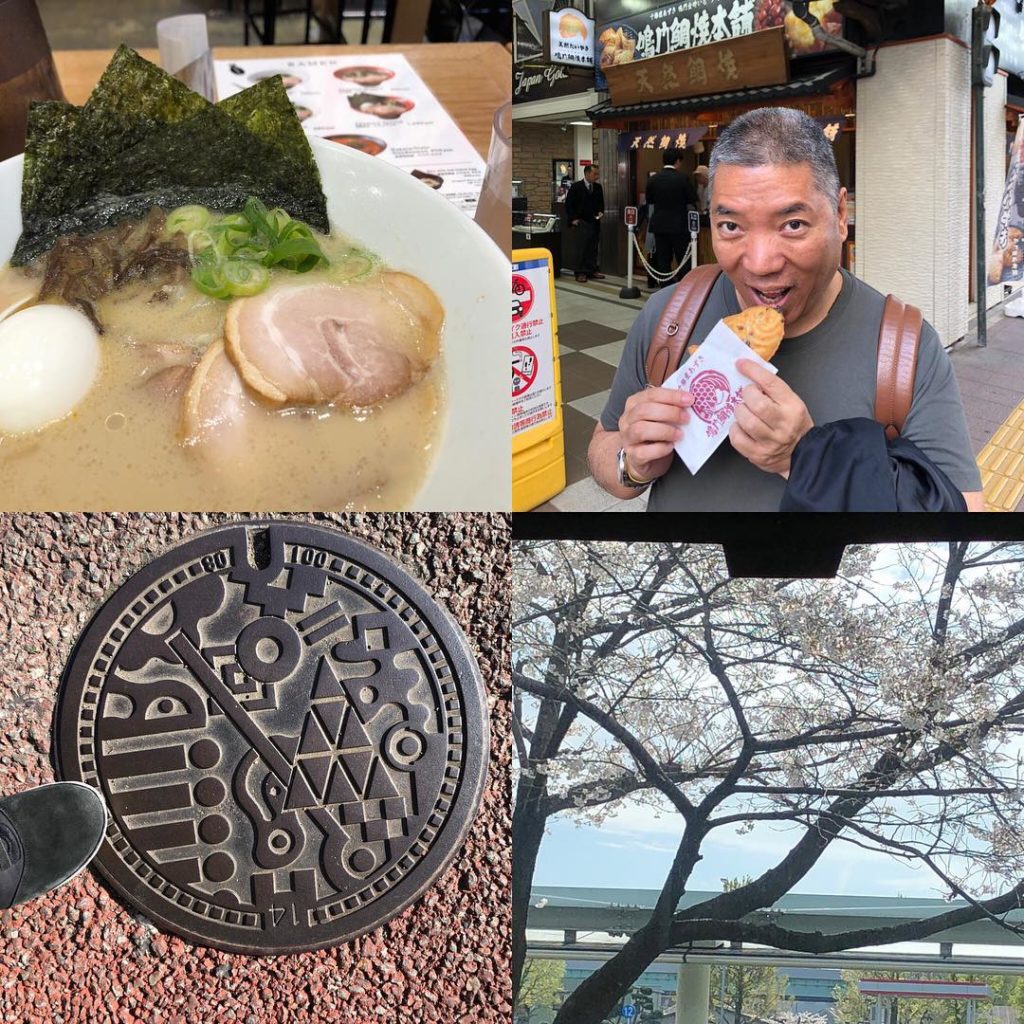
Koi No Yokan
We asked Ambeth san about his first encounter with Japanese culture, and it came from a very peculiar place.
“I had an uncle in Pampanga who was a Japanophile, which was quite strange for that generation that went through the war. After the war he built a Japanese house complete with a Japanese tea house and a moat and it had goldfish.”
Ambeth san recalled the times where he was always “borrowed” as a young child by his uncle and aunt. It’s not uncommon in Filipino culture to “borrow” a niece or a nephew, especially when family members are short of a particular gender among their brood. Together with his cousins, Ambeth san spent his young summers in the Japanese house. This was also the time that the young Ambeth was introduced to Japanese cuisine. “His cook was actually sent to Japan to study. When we were children it was our first taste of tempura, teppanyaki, in my uncle’s house in Angeles (Pampanga). Many years later his house became a hotel. It was called the tea house hotel. It was my first introduction to Japan.”
Besides his uncle, Ambeth san’s father was also instrumental to his early exposure to Japan. Their family business during that time was distributing appliances in the Philippines, and in the 1970s Japan was already an electronics mecca, the same way it is today. This afforded Ambeth san his first trip to Japan at the age of eight.
“I travelled to Japan in 1970, I was eight years old. This was Expo ’70. In Japan when I tell people that I was in Japan for Expo ’70 (they get surprised). My father’s family were distributors of appliances in the 1950s and most of them were Japanese – Panasonic, Hitachi – so they would be given trips to Japan every year, so my first trip to Japan was a Panasonic trip. We went to Hokkaido, Tokyo, and Osaka. So this really was my first visit to Japan at age eight and people find it amusing.”
Of course, it wouldn’t be an Ambeth Ocampo story if there wasn’t any adventure involved.
“My mother always found it amazing because I got lost in Expo ’70. There were thousands of people there and you lose your child in a foreign country. They went to the lunch place which was the Swiss Pavilion and (she found me there) I was already eating. My mother did not get scared because they knew that it’s a safe place even today.”
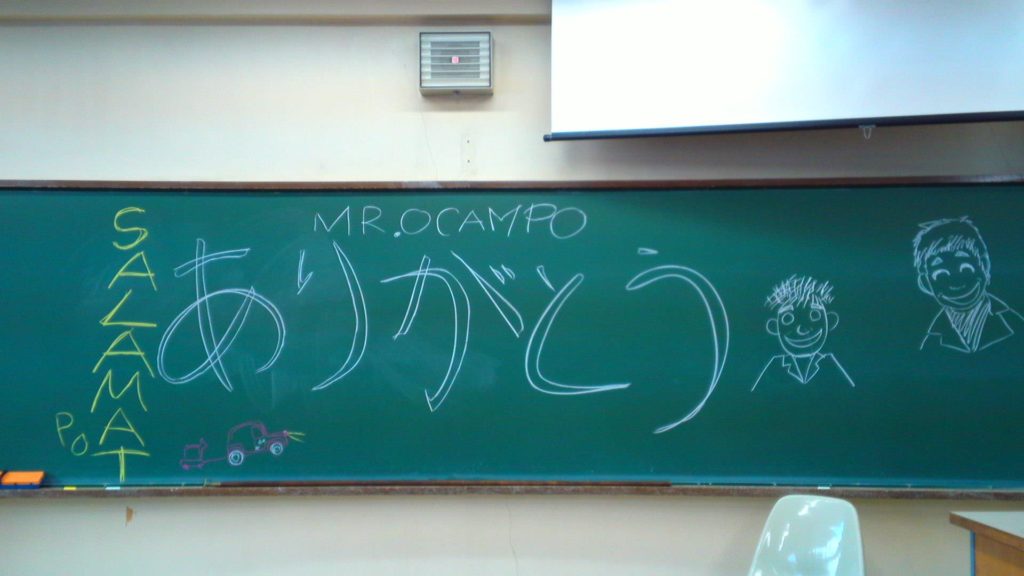
Ojamashimasu
In his many years of teaching, Ambeth san has amassed the love and admiration of his students. This also includes the appreciation of his Japanese students from universities in Kyoto and Tokyo where he taught as a visiting professor.
“There was a group of students that enrolled in all my classes, and I taught all Philippine courses – film, food, literature. I asked them ‘what’s your major?’ One was an archeology major, the other was a business major. I asked ‘what will you do with the Philippine courses?’ They said, ‘Nothing, we just want you as our teacher.’ So I had a steady group who was with me for my entire stay there.”
Ambeth san recalled his time with his students, and as much as he taught them about Philippine culture, he learned many things from them as well. Among the many things he fondly remembers learning were Japanese class recitation etiquette, student sleeping privileges, and the drinking prowess of Japanese women. The students also shared with the professor their own experience in the Philippines, and it was not what he expected.
“You know we have been to the Philippines before,” The students told him.
As a reply Ambeth san asked “Which beach did you go to?”
“No, we didn’t go to the beach.”
“Where did you go?”
“We went to work with street children in Pangasinan.”
“What? That’s your vacation?”
While the regular notion of vacation in the Philippines entailed white sand and clear waters, his Japanese students chose to spend their time helping underdeveloped communities. Ambeth san continued, “The other was in a demolition in a slum area in Quezon City because that was his immersion. I said ‘Ang galing naman nitong mga batang ito,’ (these kids are amazing) and then (when they got back to Japan) they would sell things and send their earnings back to the community in Quezon City. And when you think about it, in a catholic school, like say the Ateneo, they have immersions and you have to force the students to do it. It’s the other way around there (in Japan). They go to the Philippines to do their immersion (themselves). It’s amazing. It’s really amazing.”
Gochisosama
Still talking about his students, Ambeth san recalled fondly his experience in exposing them to Filipino food, and once again, it was quite the adventure.
“That was one of my traumatic experiences because they had to try Philippine food, but the problem was in Tokyo it’s hard to find good Filipino food except that nice restaurant called Ate which is two or three stops from Shinjuku. I asked them to try Filipino food. Some would go to Pinoy bars so the food there wasn’t good. The others they watched on Youtube and they cooked adobo while watching the Youtube. And when the reports came it read ‘Your food is brown. It’s oily. It’s unhealthy.’ I said, ‘Oh that’s not the case! Our food is delicious.’ I was so horrified,” Ambeth san said, laughing. He did not take the news sitting down.
“I said it’s because you ate in places that were not good! I told our Ambassador, who then was Manolo Lopez, who was also horrified. So he told his cook to cook Filipino food. And then our agricultural attache brought some products. So she brought mango ube ice cream, she brought saging na saba, then we cooked saging na saba in the apartment before going to class. And then the embassy sent pancit palabok, they sent okoy, and when they ate it they said ‘Oh, why is this delicious?’ I said ‘Because that’s the real Philippine food not the carinderia food that you ate.’ So at least I saved our cuisine.
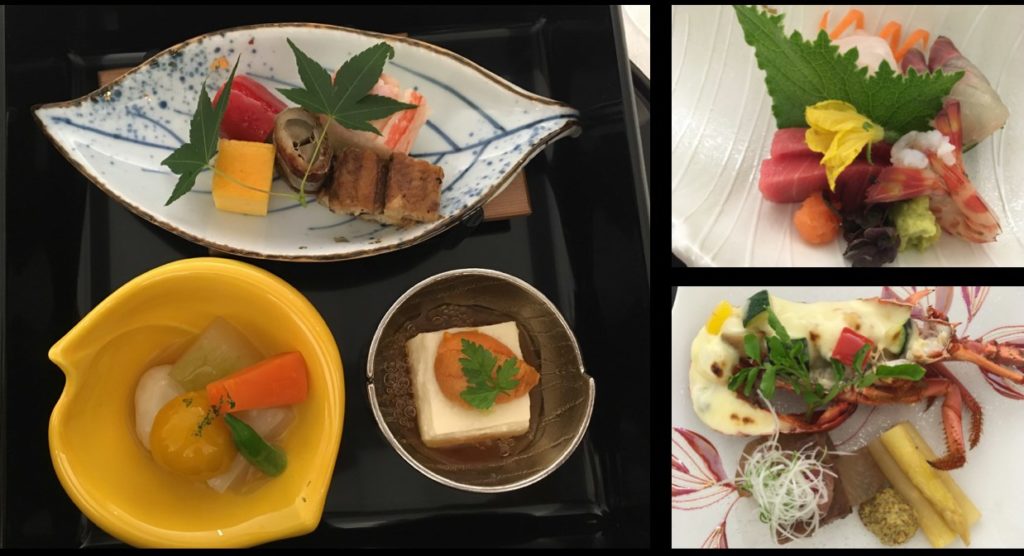
Itadakimasu
One might say that Ambeth Ocampo has prevented an international crisis by saving a generation of Japanese youth from thinking that Filipino food is bad. On the flip side, what does the professor think of Japanese food?
“It was Doreen Fernandez who introduced me to my first kaiseki meal many years ago. It was some small Japanese restaurant in Poblacion that’s not there anymore. It was a 15 course meal so they would explain each dish. They were small little things, and if you think about it ‘ang gastos naman nila mag hugas ng plato.’ (They use too many dishes that they’d have to wash) That’s when I realized that the Japanese eat with their eyes and the Japanese meal is a full sensory experience; from the bowls that you look at to the ways with which things are set. You put sushi in your mouth, the fish is something from the sea. The rice is from the land. Suddenly you have that kick of wasabi in the middle. It’s a full sensory experience and you really have to experience it that way.”
Ambeth san’s appreciation of Japanese food reaches far and wide. Even his gastronomic experience in Japan itself spans the whole spectrum; from humble convenience store treats to dining with heads of government.
“I have never had bad food in Japan ever. Even in a vending machine. There’s a vending machine for cold things, there’s a vending machine where you can buy hot cream of corn soup. It’s really amazing. In Japan you can have the simplest meals and it will still be good. My favorite konbini food? Two things: the egg sandwich, which my yaya (nanny) can now make, and of course, onigiri.”
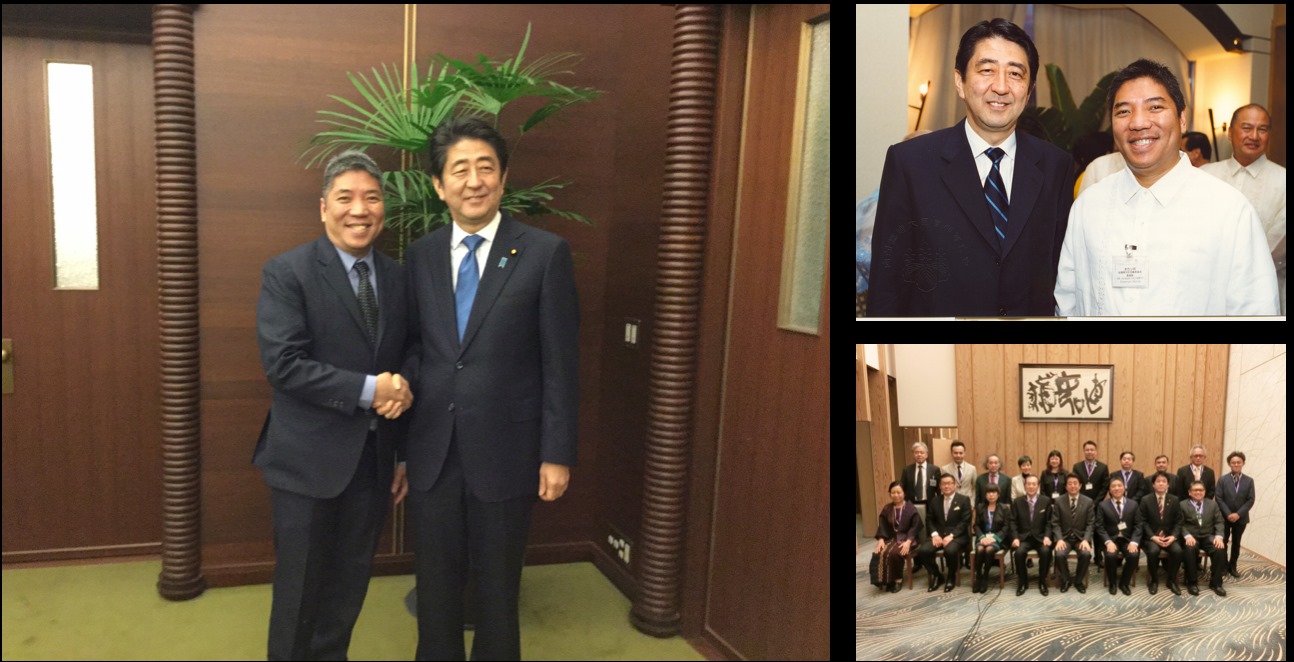
Ambeth was then asked about which of his meals was the most memorable, and he answered, “I was for many years part of the advisory board of the Japan Foundation Asia Center. I was able to have dinner in the Prime Minister’s house twice, and I’d like to think that that’s probably the best Japanese food in Japan. You start out in a bento box with a few Japanese things, then they give you western things and this is really amazing because you actually also see the Prime Minister in a light mood.”
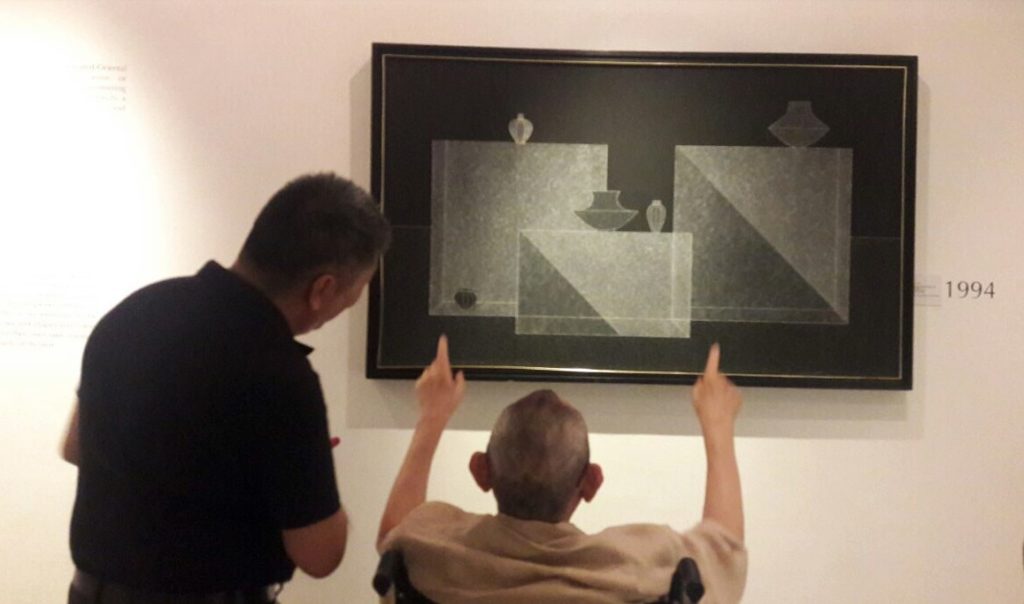
Yugen
The Professor is very much known for his historical knowledge, but those close to him know that art is his other passion, having close friendships with some of the country’s artistic luminaries. He recounts how his close friend and mentor, the late National Artist Arturo Luz, influenced his appreciation of Japanese modern art and how that has seeped into his own curatorial philosophy.
“I like Japanese modern art very much. Because much of modern Japanese art, the way that it’s sparse, actually reminds me of the work of Arturo Luz. It was Arturo Luz who told me to go to Japan every year and I followed his advice. Before he died Arturo Luz said to me ‘I’ll give you some money and I want you to buy something for me. I want you to buy me brushes. different types of Japanese brushes.’ So I went to the store and the variety was endless. I went and bought all these brushes for him and when I brought them home, he was like a child opening a candy bar. He was looking at how beautifully made these brushes were. That’s why he said that you have to be very attuned to Japanese culture.”
“I (also) bought him a tea whisk which is made of bamboo and he would look at it and marvel at how wonderfully designed these things were. This is when I realized something. Arturo Luz was always described as an artist with a Mandarin sensibility. I said that, when I lived in Japan, I realized that that was wrong. It was not a Mandarin sensibility, he actually had a Japanese sensibility.”
“(Here’s) another one of the things that remind me of Arturo Luz. I go to the flea markets every Sunday and they lay out their goods on this beautiful indigo fabric that they have and that’s when I realized that when a seller arranges the objects on this little square cloth, there’s a sense of design. They don’t crowd things, they always leave space. It’s something that I see in Luz’s work. It’s also something that guides me when I curate shows. It became almost instinctive. I remember once I curated a (National Artist) Ben Cab show for the Ayala Museum, and there’s one small room that only had 2 or 3 paintings. Some people were saying “hindi ka ba nanghihinayang?” (don’t you feel it’s wasteful?) and I said, “Kailangan nga dalawa lang and andiyan” (It should only be two) so that a wall can breathe. You can actually see it breathe. It’s good to the eye, it’s good for how you feel.”
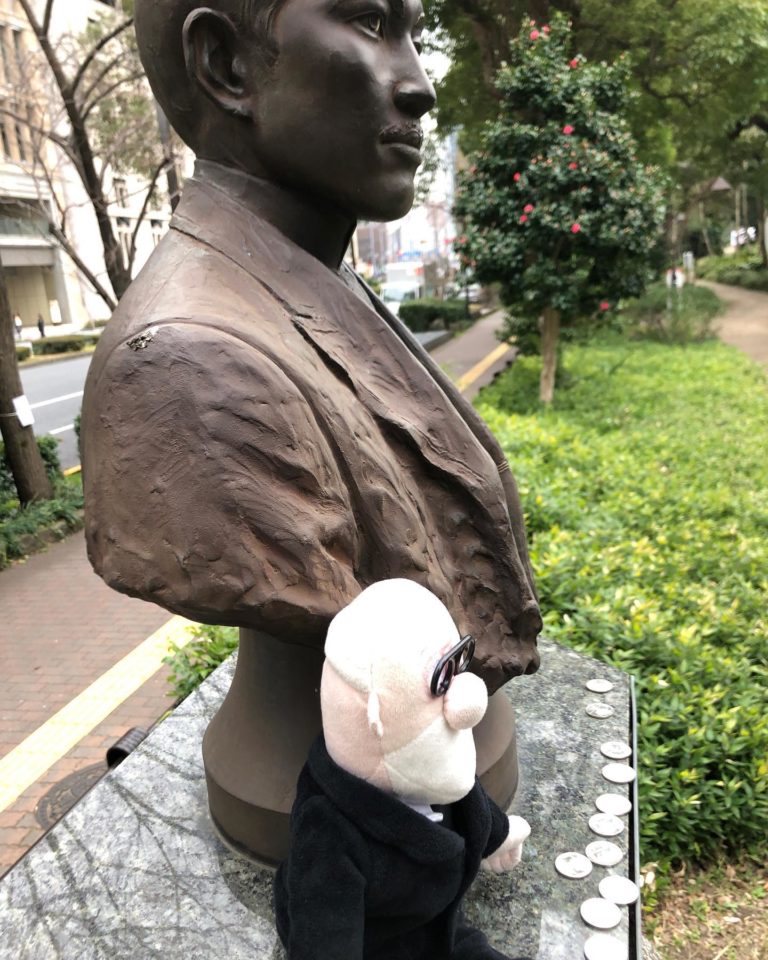
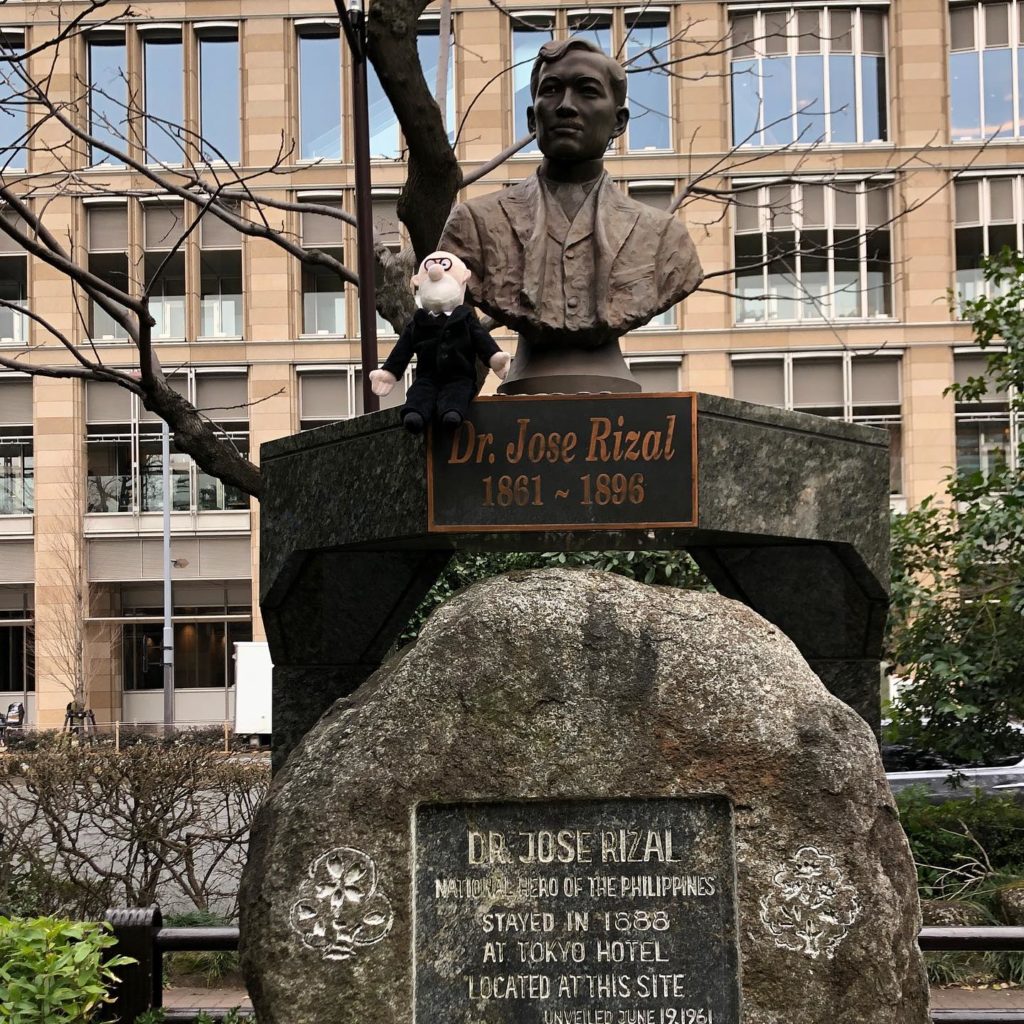
Natsukashii
In our conversation, Ambeth san also shared some details found in history and literature that tie the Philippines and Japan together. It’s these little tidbits of knowledge that make Ambeth san the great historian and writer that he is. It’s in the details that his stories come alive.
The professor is well known for his affinity for National Hero Jose Rizal, and perhaps it was unavoidable that Rizal would come up in the conversation. “Rizal liked it.” Ambeth san said, pertaining to a question about the National Hero’s time in Japan in 1888. He continues, “Rizal’s Japanese notebook is in the Lopez Museum, and it has drawings of interior things. And we know that when he left Japan he sent a package to his family with porcelain dishes, pine doors, and a lot of other things. He was very very interested in Japanese culture. That notebook is nice because he’s writing in Japanese also. There were also translations that said ‘chair’ with a drawing of a chair and beside it he wrote ‘silya’ and then the Japanese word for chair.”
Ambeth san also talked about the Rizal statue that was erected in 1998 in Hibiya Park. ”The place where the Rizal bust is in Tokyo is easy to find. It’s in a park in front of the Imperial Hotel. The bust is where the hotel where Rizal stayed used to be. According to the story, this is the park where they had western style concerts in the afternoons. One day he went there and listened to the western style concert in Hibiya park, and when he approached the musicians he heard that they were speaking in Tagalog. So as early as 1888 there were already Pinoy musicians in Tokyo.”
One can also find connections between the two cultures in literature, according to the professor. This time through the work of celebrated Japanese author Junichiro Tanizaki, who was prolific in the early to mid 1900s. “If you read Junichiro Tanizaki, one of their nice writers, there’s a story called The Diary of Mad Old Man which is sort of an erotic story. It’s a man who could not have sex with his beautiful young wife anymore so he just watches her. The beautiful young wife, this is set before the war (by the way), loved to watch boxing, and the boxers were Pinoy boxers. Tanizaki described the wife as “beautiful and white” and she’s watching these brown, sweaty, muscular men from the Philippines. It’s amazing that even in their literature we’re there.”
Tomodachi
After having spent a good part of an hour and a half talking, our conversation with Ambeth san ended.
“It’s my favorite place. My happy place,” the professor said of Japan.
Before parting he shared his optimism about his future endeavors with the Japan Foundation, Manila. “While we have Ben Suzuki, who is our balikbayan director of JFM, who knows the Philippines very well and appreciates our country just as much as I appreciate Japan, we’ll have the best of both worlds.”
***
Photos courtesy of Ambeth Ocampo’s Facebook Page



